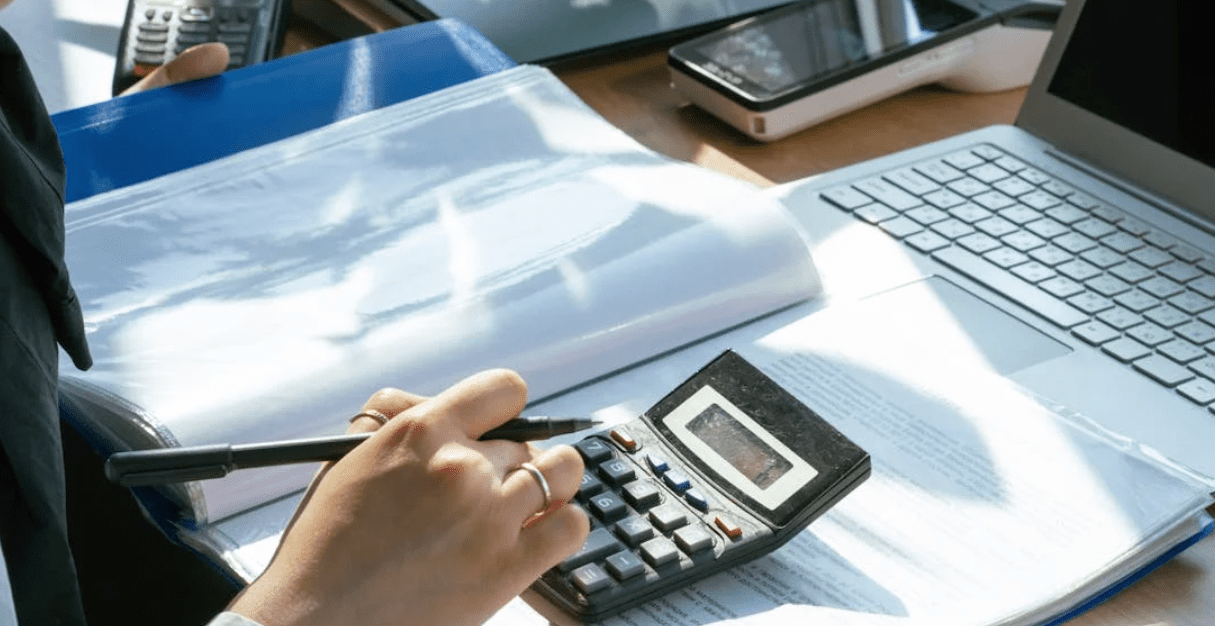Mastering the Lease Ledger: A Landlord’s Essential Tool

Checking tenant funds is one of the very most important facets of home management. Whether you are managing a small number of homes or a comprehensive collection, maintaining an exact lease ledger ensures financial transparency and simplifies payment tracking. But managing tenant obligations efficiently takes a well-structured approach. Here's a concise manual to getting hired right.

The Significance of a Lease Ledger
A lease ledger is actually a financial report that paths lease payments, safety remains, late fees, and other tenant transactions. It provides as a main repository for several monetary interactions between landlords and tenants. Without an adequately handled ledger, home managers risk miscalculating income, overlooking overlooked obligations, or making disputes with renters. An structured lease ledger assists eliminate these risks while sustaining professionalism.
Tips for Successfully Monitoring Tenant Funds
1. Use Technology for Precision
Manual record-keeping might work for an individual property, but as the number of units grows, it becomes impractical. Leveraging electronic resources or easy spreadsheet templates may significantly increase accuracy. These tools usually permit you to automate repeating book funds, generate pointers for delayed balances, and generate reports instantly.
2. Produce a Consistent Structure
A lease ledger must follow a definite and regular format. At a minimum, your ledger includes:
• Tenant names
• Due dates
• Amounts paid
• Exceptional amounts
• Records for any additional charges (e.g., maintenance costs or late charges)
Standardizing these records guarantees every report is uniform and easy to interpret.
3. Monitor Payment Status Regularly
Examining your lease ledger frequently guarantees you remain together with late funds and can tackle possible problems early. Reserve time monthly to reconcile funds obtained against what's noted in your ledger. This exercise also assists in distinguishing traits, such as for instance constantly late-paying tenants.
4. Communicate with Tenants Obviously
Appropriate documents suggest little if tenants aren't knowledgeable of these payment obligations. Send reminders for forthcoming book due times or update them on any excellent balances. Distinct connection decreases misconceptions and encourages regular payments.
5. Report Everything
Every cost created, whether incomplete or whole, ought to be reported rapidly in the ledger. Tracking every purchase guarantees both parties have a guide point in the event of disputes. Even little facts, such as waived late expenses or adjusted funds, should be joined to the record.

Ultimate Thoughts
An efficient lease ledger not only simplifies tenant payment administration but additionally gives peace of mind for landlords and property managers. By incorporating obvious structures, leveraging electronic tools, and sustaining exact records, you can begin a seamless system that reduces problems and builds better tenant relationships. Begin controlling your funds greater nowadays and set the building blocks for long-term financial stability!
